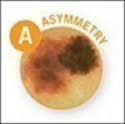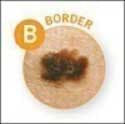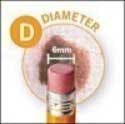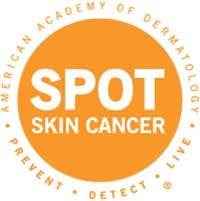Melanoma Monday
Melanoma Monday was held the first Monday in May as a way to raise awareness of melanoma and other types of skin cancer, and to encourage early detection through self-exams. The American Academy of Dermatology coordinated this national effort to raise awareness of skin cancer.(1) ◾Skin cancer is the most common cancer in the United States. ◾Current estimates are that one in five Americans will be diagnosed with skin cancer in their lifetime. ◾Melanoma, the deadliest form of skin cancer, is the most common cancer for 25- to 29-year-olds. Even though Melanoma Monday has passed, we must be vigilant about skin cancer awareness, prevention, and early detection. To view a Melanoma Monday SPOT Orange flyer, click here. The best protection against skin cancer starts with you as an individual. We all know our bodies better than anyone else. Ask a dermatologist how often you should examine your skin for signs of skin cancer and consult a dermatologist if you notice anything suspicious. These simple steps can help ensure that skin cancer is diagnosed in its earliest, most treatable stage. Below you will find information about how to examine your skin and what signs to look for. You can detect skin cancer early by following tips for checking your skin. (2)The ABCDs of melanoma
A = Asymmetry One half is unlike the other half.
B = Border An irregular, scalloped or poorly defined border.
C = Color Is varied from one area to another; has shades of tan, brown or black, or is sometimes white, red, or blue.
D = Diameter Melanomas usually greater than 6mm (the size of a pencil eraser) when diagnosed, but they can be smaller. Click here to download the AAD's body mole map to document your self-examination and know what to look for when checking your spots.
Sun exposure is the most preventable risk factor for all skin cancers, including melanoma.(3,4) Take these precautions: seek shade when appropriate; wear protective clothing, such as a long-sleeved shirt, pants, a wide-brimmed hat, and sunglasses, where possible; generously apply a broad-spectrum, water-resistant sunscreen with a Sun Protection Factor (SPF) of 30 or more to all exposed skin; use extra caution near water, snow, and sand because they reflect and intensify the damaging rays of the sun, which can increase your chances of sunburn; and avoid tanning beds.
Prevention is the best medicine!






